Walking on one of the most beautiful paths of eastern Crete, through black pine forests.…
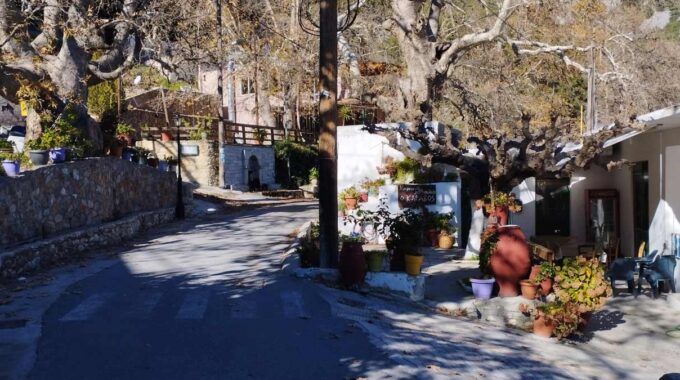
Symi Village
Kato Symi (or Simi) is a village and seat of the homonymous community of the Municipality of Viannos in the Regional Unit of Heraklion. It belonged to the Viannos District of Heraklion Prefecture.
Kato Symi is located in a valley overgrown with vegetation, in a landscape with imposing wildness. It is surrounded by a wooded mountainous area. Symi, as it is more commonly called by the Cretans, has the largest forest cover in the prefecture of Heraklion, since in its area is the famous forest of Symi, a continuation of the Selakanos forest, and it is often called podendrousa.
At the edge of the village flows the Blavopotamos, which continues its course towards Faflago and ends in the Libyan Sea. Its distance from Ierapetra is 30 km and from Heraklion is 74 km.
The main occupation of the inhabitants is agriculture, animal husbandry and beekeeping. Early vegetables are grown in the coastal areas.
In fact, it is the only municipal district of Viannos that is ecclesiastically subordinated to the Holy Metropolis of Ierapytni and Sitia, as Symi was once part of the Municipality of Mournia Lasithi. The nearby settlement of Ano Symi still belongs to the Community of Mournion of Ierapetra today.
Archaeological significance and Historical evidence
The ancient sanctuary of Kato Symi
In Kato Symi are located the most important antiquities of Viannos. This is the Neopalatial (Middle Minoan III b) sanctuary of Hermes and Aphrodite at Krya Vrysi. The sanctuary is one of the most important of antiquity, as well as the only place of worship known to date in Crete and in Greece that functioned for many centuries without interruption.
It was founded around 2,000 BC. The location of the Sanctuary is identified with the Holy Mount, according to Ptolemy, which is located between the ancient Tsoutsouras and Ierapytna (today’s Ierapetra). Worship in this area began from the Middle Minoan Era and continued until the Roman imperial years. Finds from the sanctuary of Symi are today in the Archaeological Museum of Heraklion.
Recent History
The village is mentioned in the census of Kastrophylakas “Simi Catto” under the name (K97) and with 146 inhabitants in 1583. During the period of the Turkish occupation, some Turks lived there. In 1834 it had 38 Christian and 10 Turkish families, while Apano Symi was inhabited by 96 Christian families. In 1881, Kato Symi had 371 Christian inhabitants.
During the Revolution of 1866, 2 young women from Kato Symi, Maria Panakaki and Ergina Tsagatopoula, while being pursued by Turkish soldiers, fell like young Souliotisses from the Goupo cliff, as they preferred to die rather than be dishonored.
In 1943, a German expeditionary force went to the village to punish the inhabitants, because they had killed two Germans in the outpost of Symi. At the entrance of the valley a well-fortified rebel body attacked the Germans, on September 12, of whom they killed 84 and executed 12. Other sources speak of 70 dead on the German side. After that, the Nazis destroyed all the villages of eastern Viannos and western Ierapetra from the river Myrtos to Amira and shot all the male inhabitants (Viannos Holocaust).
Nikos Syngelakis or Chatziaanagnostis or Symianos was born in Kato Symi in 1790, a traitor before the Revolution of 1821. He was the terror of the janissaries of Viannos.
Additional Info
Altitude: 780m
In total the Symi community has 138 inhabitants (2011 census)
Its distance from Ierapetra is 30 km and from Heraklion is 74 km
Symi Forest: According to the information provided to us by the Forest Service of Heraklion, it covers an area of almost 10,000 acres.
Sights around Symi village : Symi Pine Forest, Omalos Plateau, The Balcony of Paradise, Lapathos Plateau, Ano Symi Village with its chapels, sanctuary of Hermes and Aphrodite, and many hiking trails
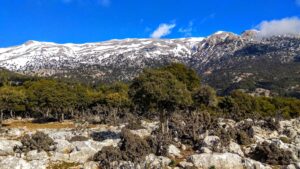
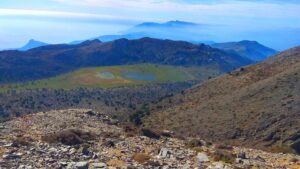
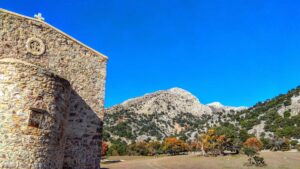
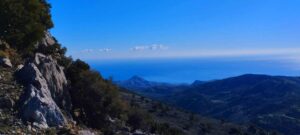
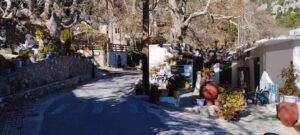
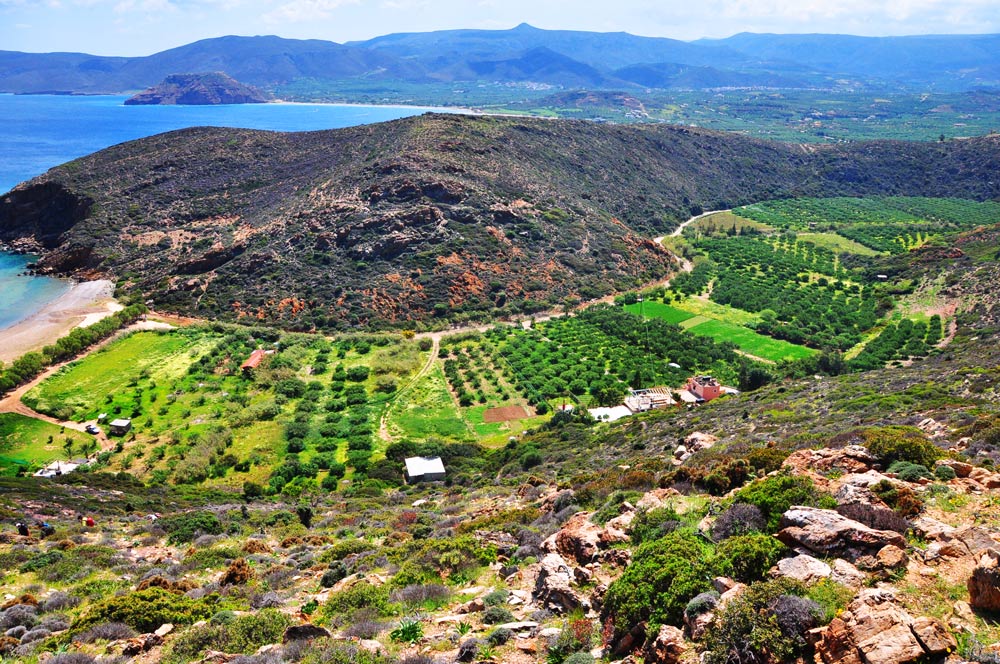
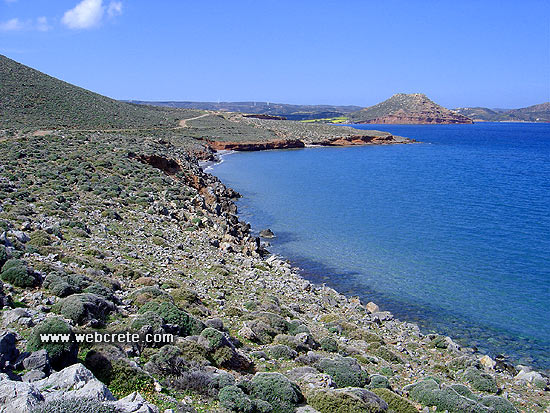
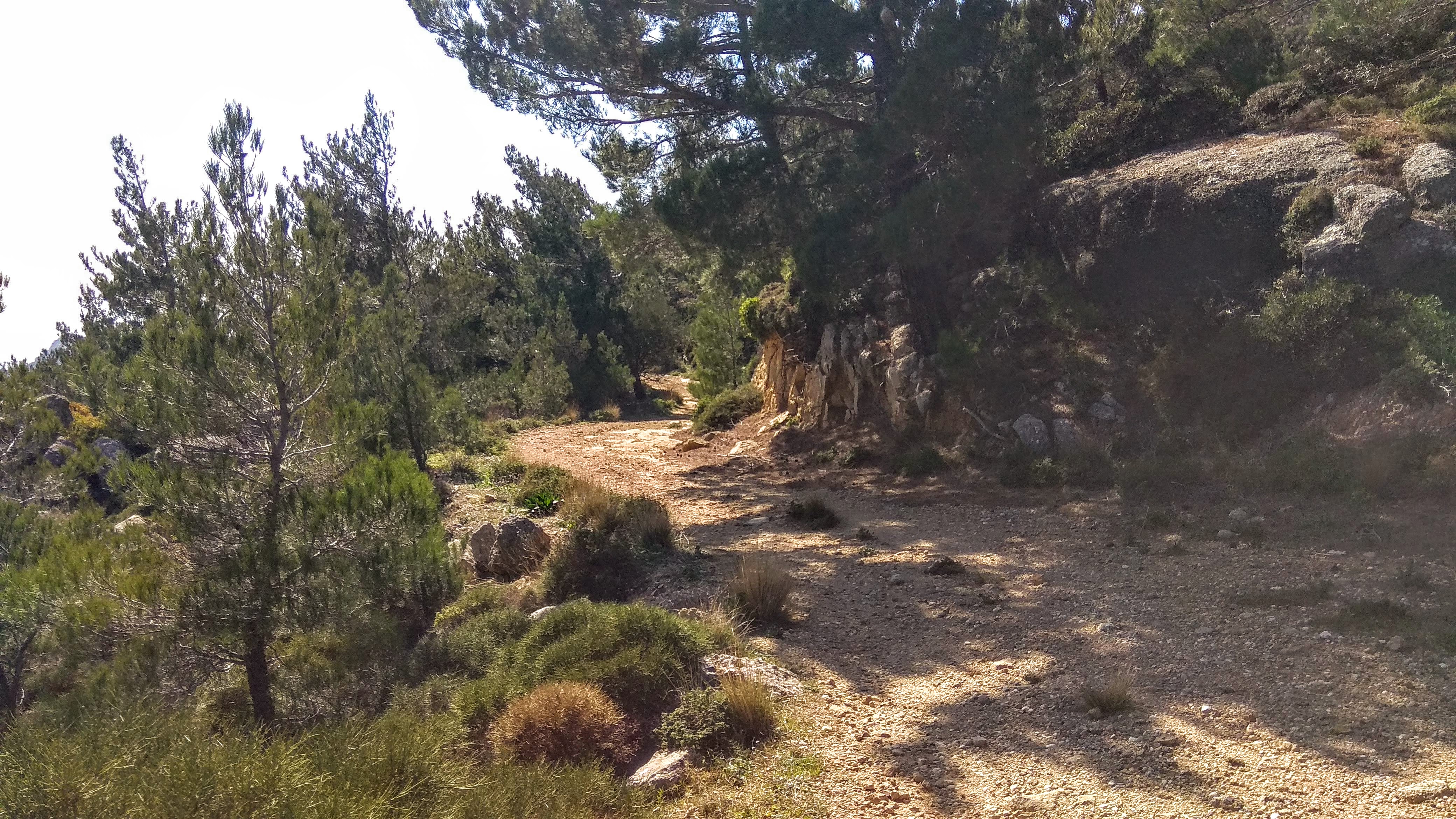
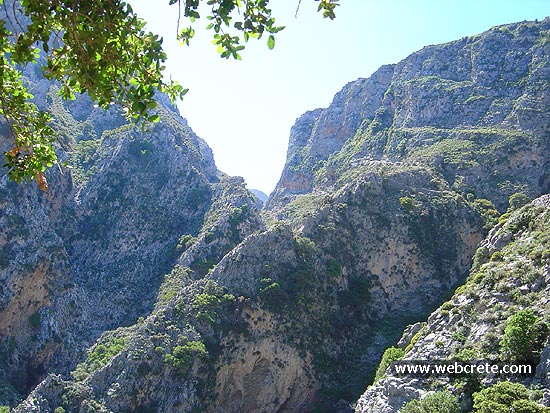
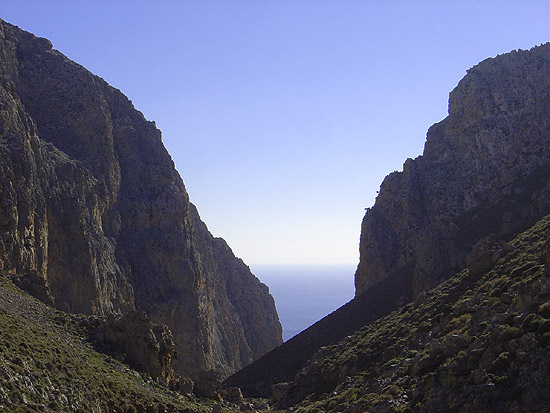
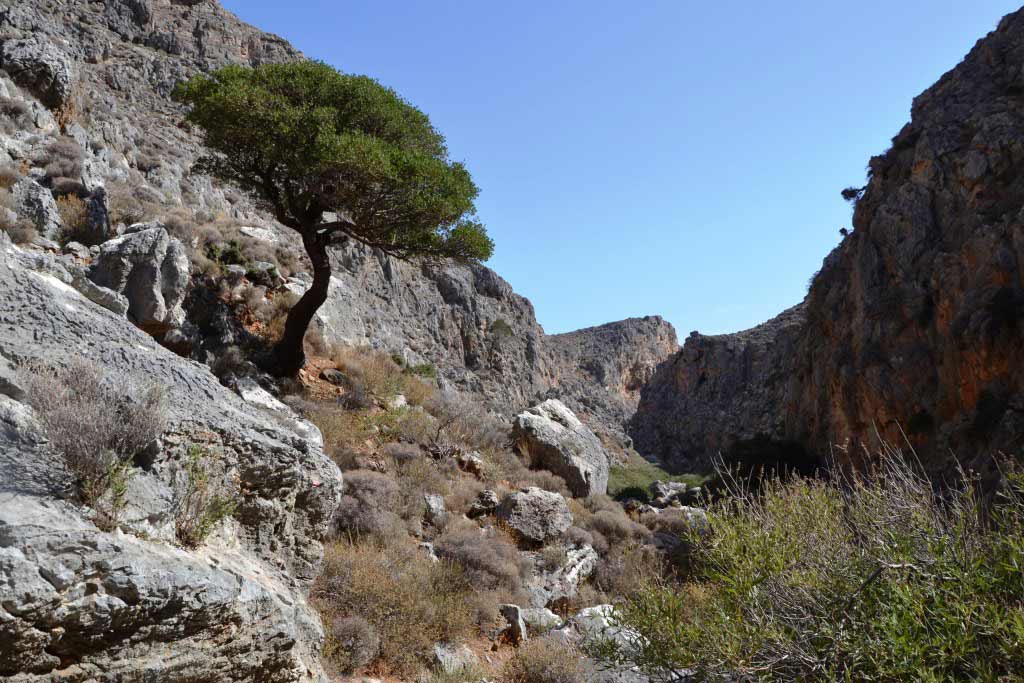
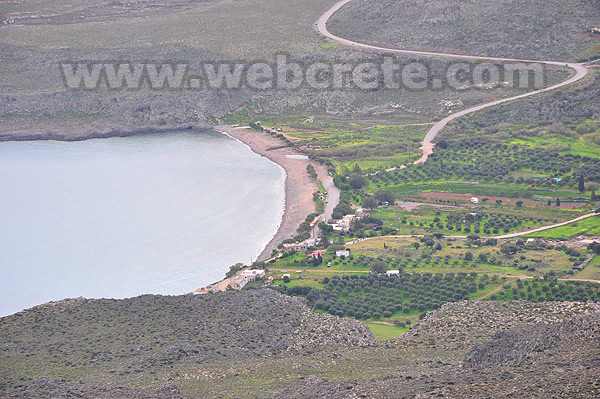
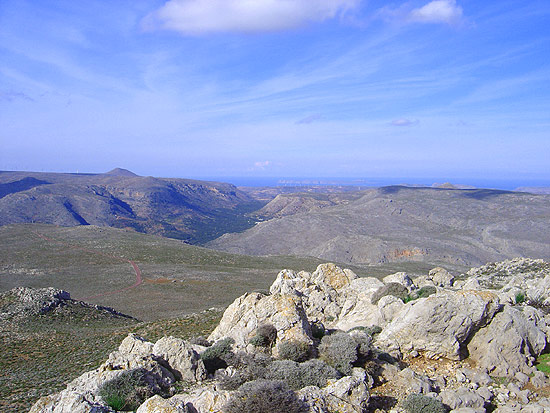
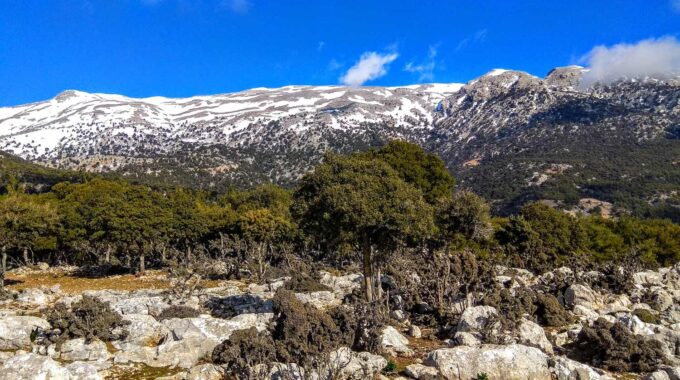
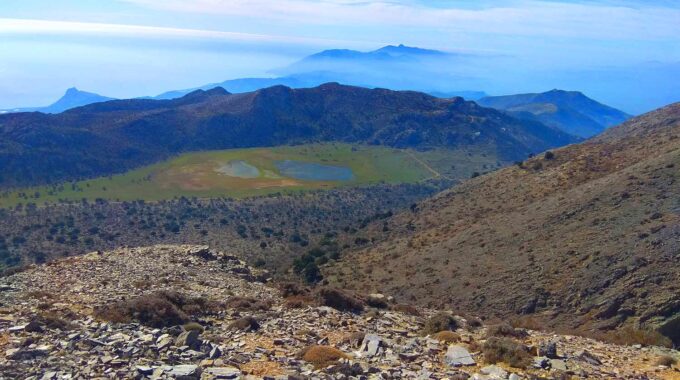
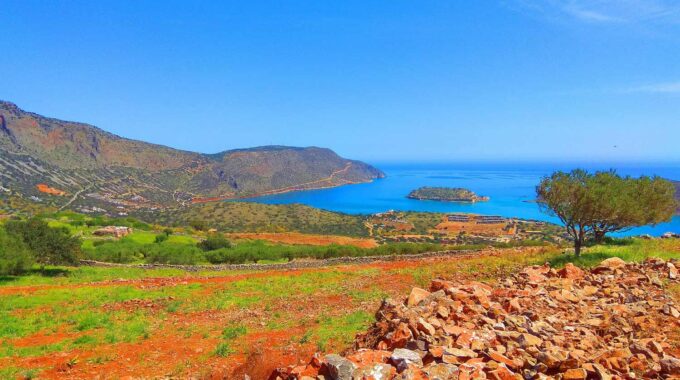
This Post Has 0 Comments